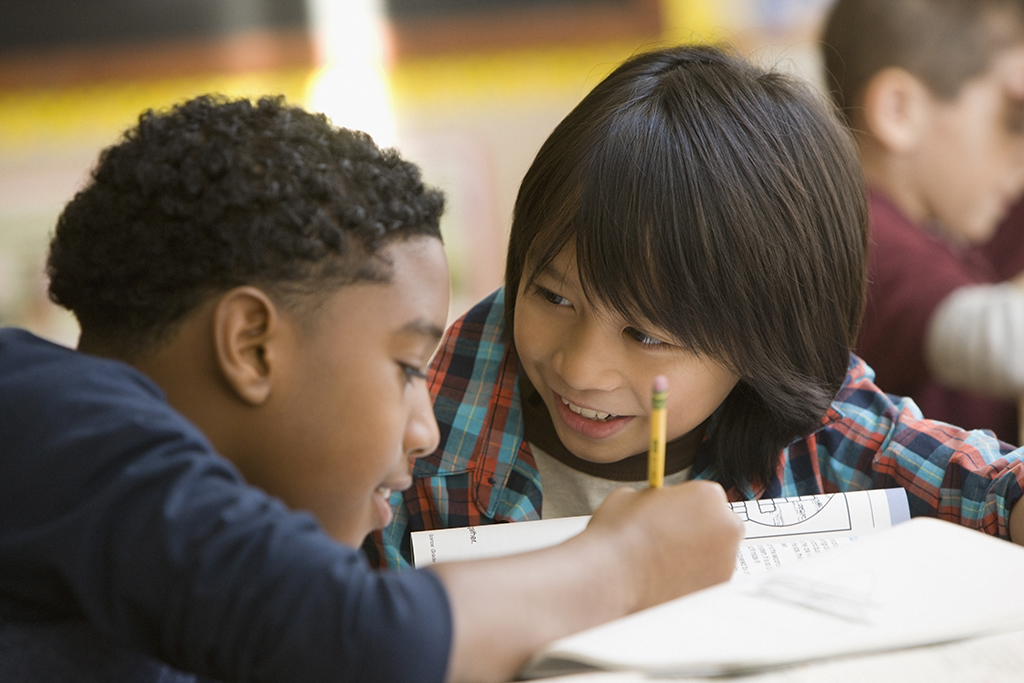What’s a collaborative learning community? We hear about them all the time—in fact, we’ve probably heard the term so often that it has lost some of its potency. However, the value of collaborative learning communities cannot be underestimated within a classroom environment.
It may seem obvious—in fact, we often forget this minor detail—but the basis for such a community is collaboration: where a group works together toward similar goals. In this case, it’s learning. Students discover the skills and behaviors that benefit their community and become partners in helping each other learn these skills, so that everyone can learn more effectively. We know that these skills will transfer to the world outside their classroom and help pave students’ way for a successful future in society.
It’s up to you to establish such an environment within your classroom’s walls—and make it last. We’ve included some tips to help you out.
Classroom Courtesy
Create a set of “Classroom Courtesy Rules” with the students and enforce them. These rules might include:
- Saying please and thank you
- Using kind words and respect toward each other
- Avoiding sarcasm and other disrespectful behaviors
If teasing and disrespectful and unkind behavior occur between classmates, stop such behavior immediately—you’ll send the message that it will not be tolerated. Once students realize that your classroom is a safe place, their minds are free to learn.
Morning Meeting
Use class-building activities and class meetings to promote a sense of community between your students. During class meetings, provide students with the opportunity to give and receive compliments and appreciation. If your students are struggling with cooperation or courtesy in your classroom, give them the opportunity to solve problems through discussion and brainstorming of possible solutions as a group.
Class meetings follow the following format:
- Compliments and appreciation
- Follow-up on prior solutions
- Agenda items
a. Share feelings while others listen
b. Discuss without fixing
c. Ask for problem-solving help - Future plans
(Nelsen, Lott, and Glenn, Positive Discipline in the Classroom)
With common courtesy, class building, and class meetings as an integral part of your day, you will see the relationships among your students grow. They will become more positive and supportive of one another once they realize how good it feels to give and receive praise for doing a good job! You will set the stage for creating a collaborative learning community—and it will last well beyond this school year.
Tags: Classroom Management, Instructional Design, Professional Development for Teachers
Love this!
Hi Dawn-
Thank you! We hope to hear more comments from you in the future!